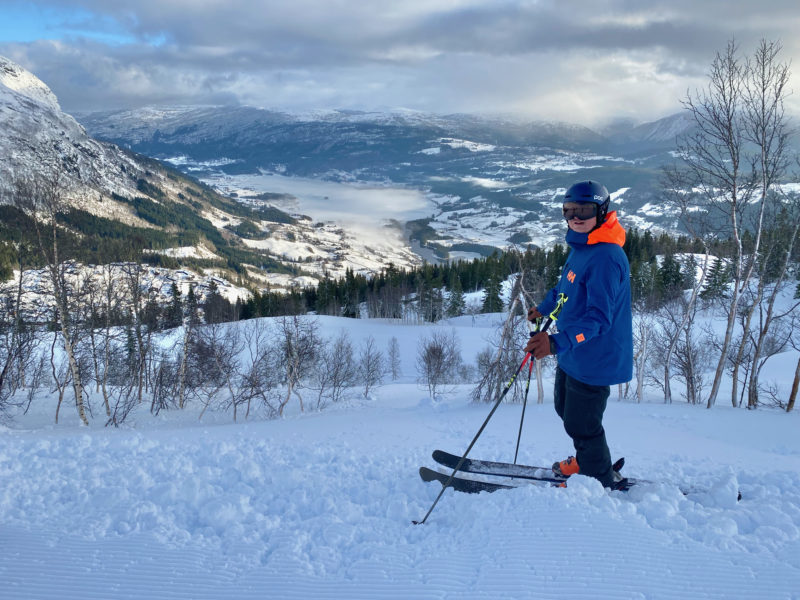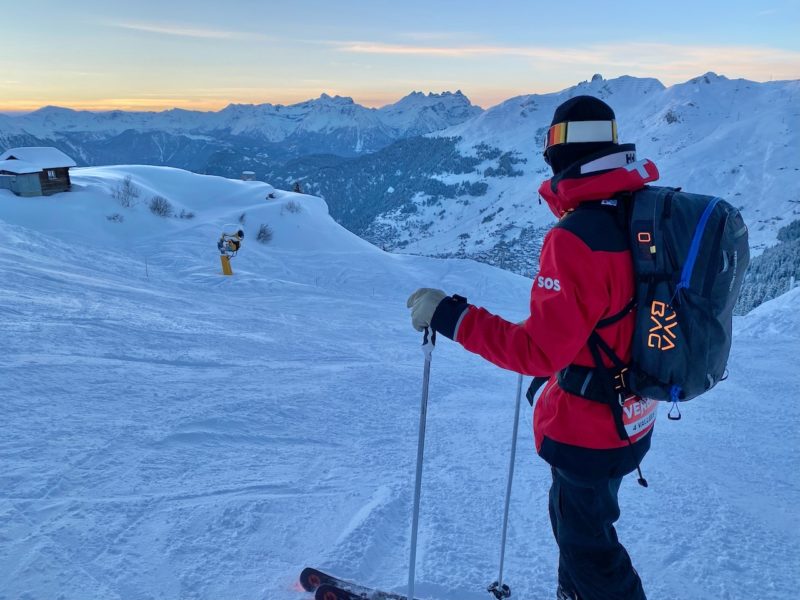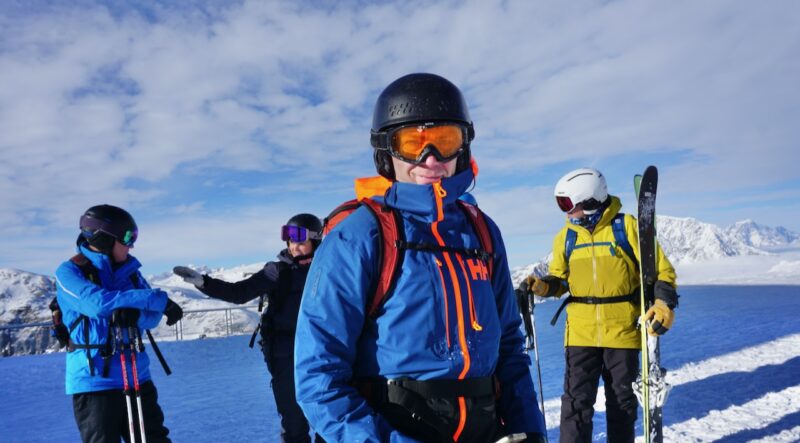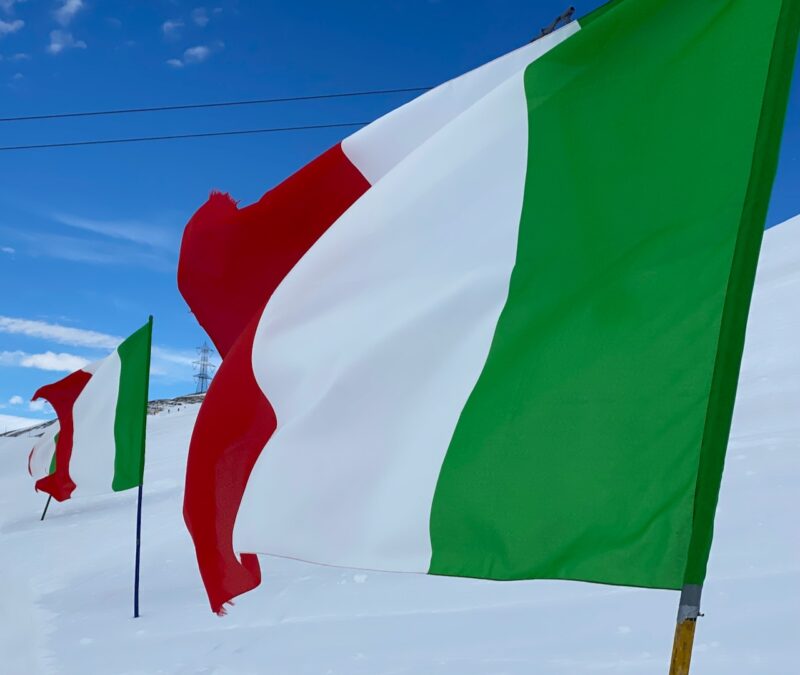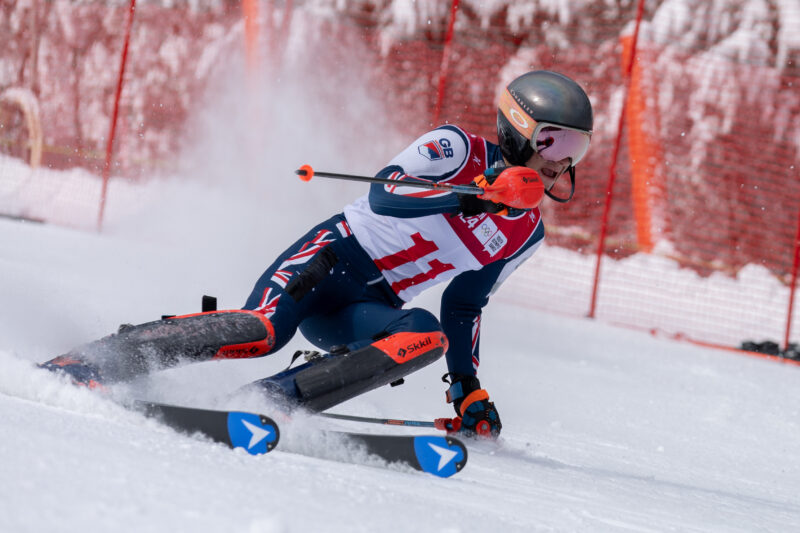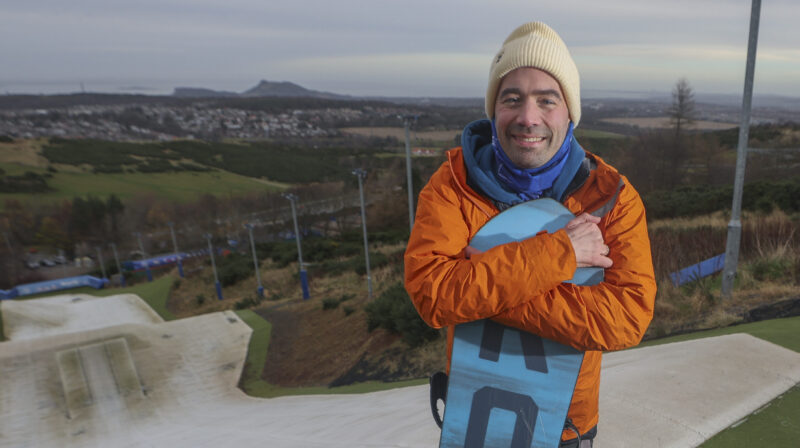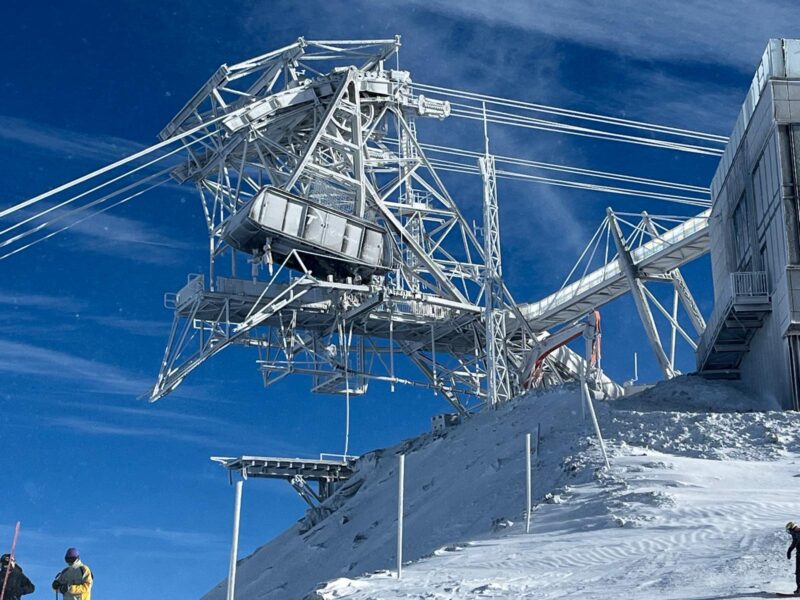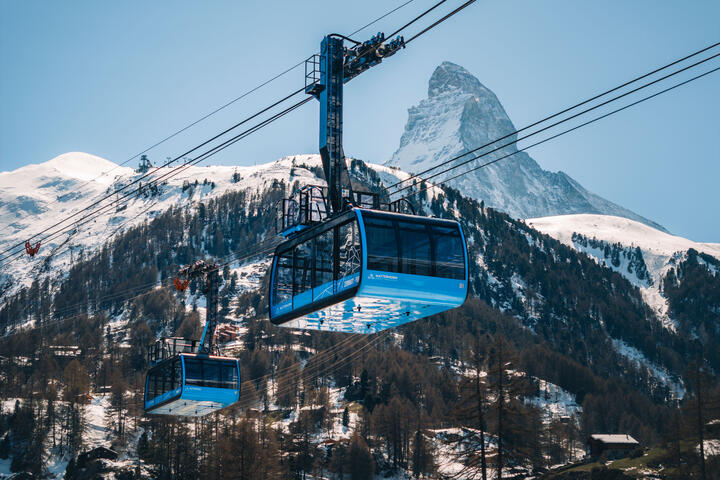Australian Resorts Open with Precious Little Snow
7th June 2024
Last modified on June 9th, 2024
Traditionally the ski areas Down Under open on weekend of the official birthday of the Monarch, the second Monday in June. Snow levels are low with a new report painting a worrying picture of the future. UPDATED
The resorts have been making snow when they can and there has been some natural snowfall this week, but not enough.
Mt Buller in Victoria has been taking advantage of the cold temperatures and with its five, all-weather snowmaking machines, has some of the best conditions.
It was the only chairlift running in Australia that gave access to skiing and snowboarding.
The Bourke Street chairlift took people to the top of a single lane of man-made snow.
Falls Creek, also in Victoria, is unable to fire up its lifts due to a lack of snow, but the resort is open with other non-snow offerings.
It’s the same in Mt Hottam in Victoria.
“While there is a slight absence of skiable white stuff on the ground, there is still plenty of fun planned for the King’s Birthday long weekend without having the lifts turning,” said Mt Hotham in a statement.
” From enjoying hot chocolates, jam donuts and s’mores with the family at Frankie’s to a fantastic fireworks display on Sunday evening, this weekend sees Mt Hotham ready to welcome guests for the 2024 winter season.”
Perisher in New South Wales is only able to open a beginner area.
The slopes in nearby Thredbo remain closed with two chairlifts open for scenic rides only.
We have reported on conditions earlier on PlanetSKI:
The resorts are doing their best, with celebrations and parties taking place regardless.
There is no snow worth talking about in the forecast but the temperatures are set to remain cold, especially overnight.
A new report just published paints a pessimistic picture as global warming takes its toll.
Australia’s ski industry is at risk of shorter ski seasons if the current level of climate pollution continues, according to new modeling from Protect Our Winters Australia (POW) and The Australian National University (ANU).
The report offered various scenarios for the Australian ski season to 2050:
- 55 days shorter under a high-greenhouse gas emissions scenario
- 44 days shorter under a mid-greenhouse gas emissions scenario
- 28 days shorter by 2050, before starting to improve by 2080 if emissions are kept down.
It claimed a sharp decline in snowfall under mid- and high-emissions scenarios.
“The ski season last year was tough, with minimal snowfall and some resorts having to shut their doors early,” said Protect Our Winters Australia Director and Lead Advocate, Sam Quirke.
“This report shows that we’ll see that happening more and more frequently, as ski seasons become more erratic and harder to predict due to global warming, until we do something about it.”
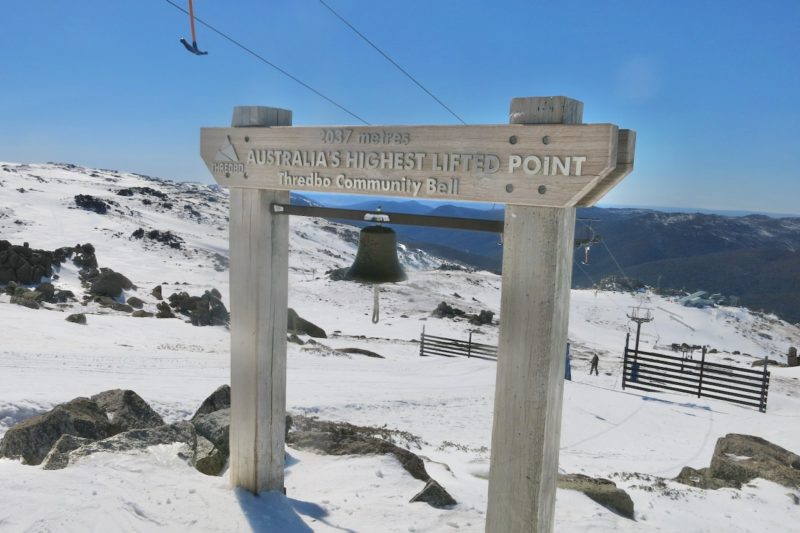
Thredbo, Australia. Image © PlanetSKI
“The more we can limit the impacts of climate change by reducing greenhouse gas emissions, the less expensive adaptation by businesses, communities, and the environment will be and the more options we will have,” said the report co-author and ANU researcher, Ruby Olsson.
“We need to support vulnerable resorts to diversify into year-round tourism.
“This could include a coordinated approach between state governments, assisted by the Australian Alps Liaison Committee or Australian Alps Ministerial Council, to support those ski resorts that are most at risk.”
Our Changing Snowscapes Report: protectourwinters.org.au/
Provided by Australian National University




